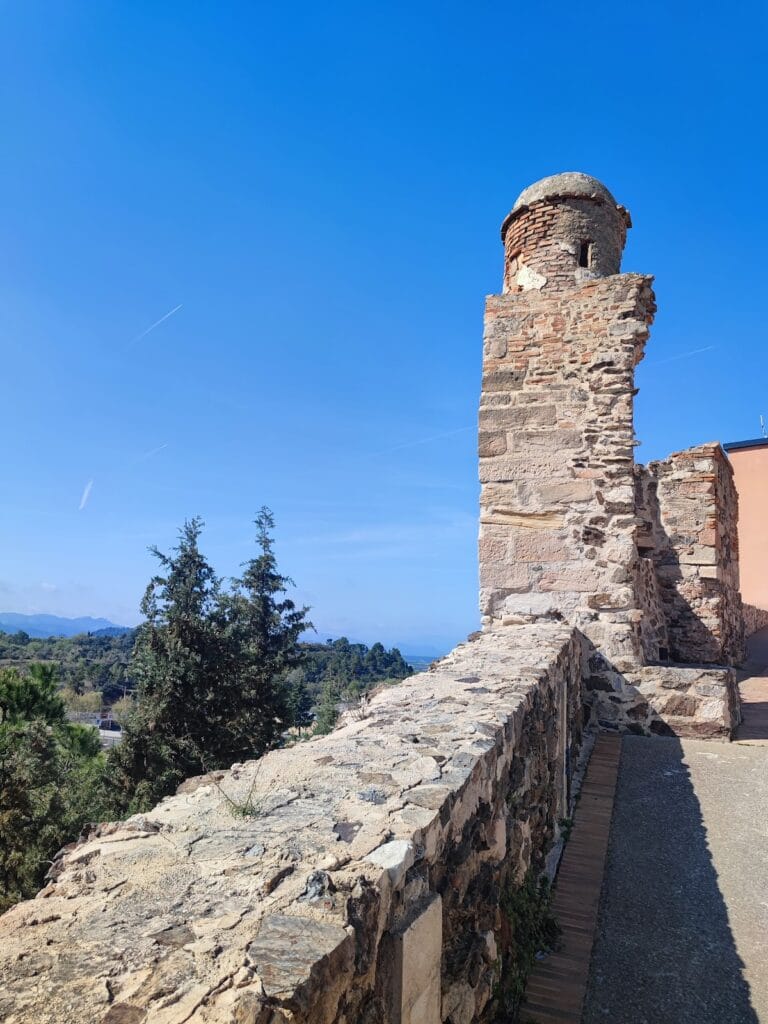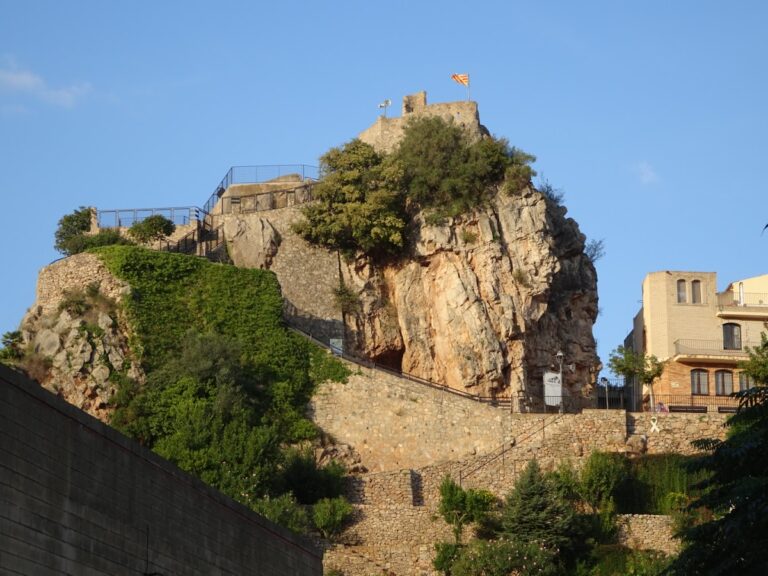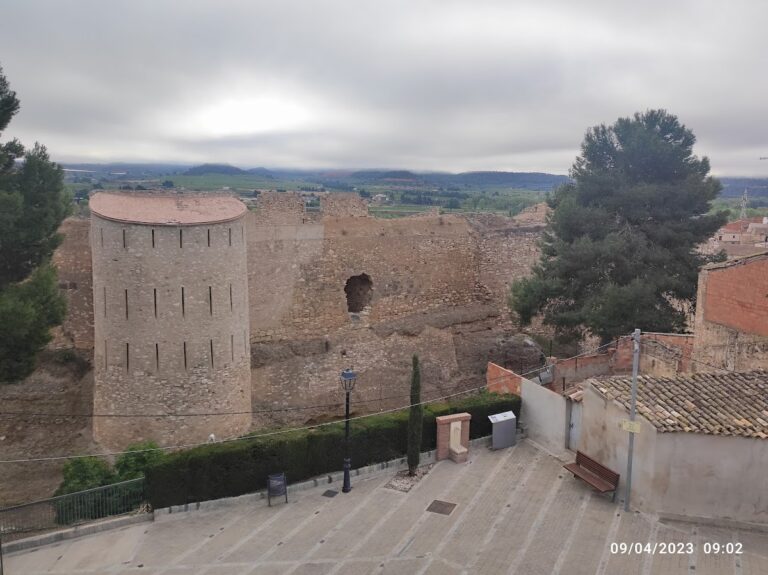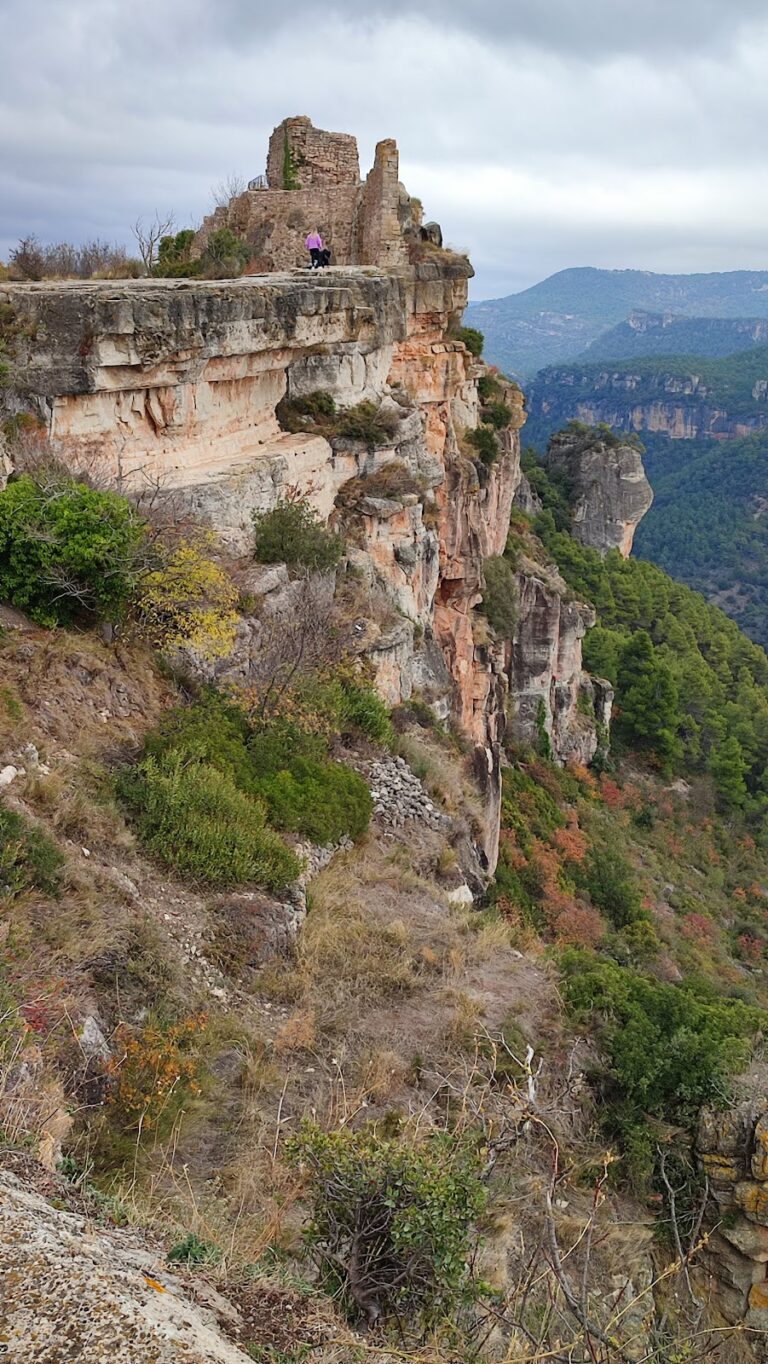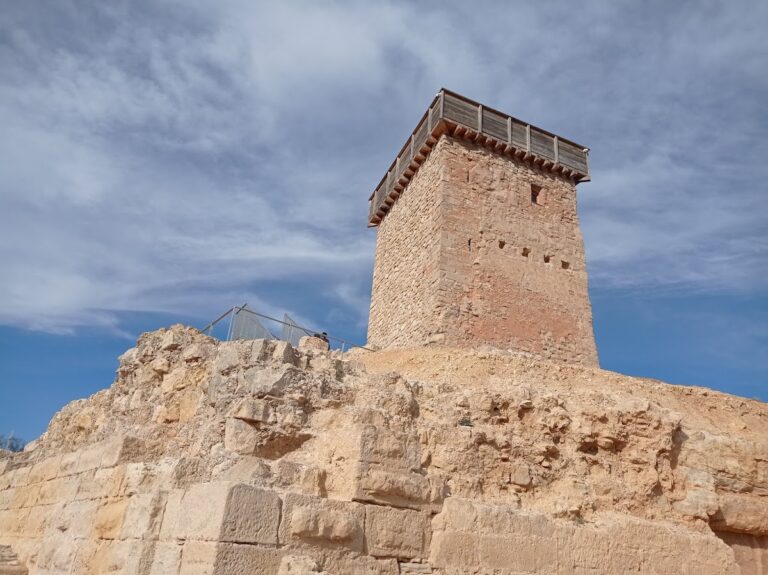Castell de Falset: A Historic Medieval Castle in Spain
Visitor Information
Google Rating: 4.3
Popularity: Low
Google Maps: View on Google Maps
Official Website: www.turismepriorat.org
Country: Spain
Civilization: Unclassified
Remains: Military
History
Castell de Falset stands on a rocky hill overlooking the town of Falset in Spain. The castle was built by medieval Catalan builders, with origins that likely date back before the year 1168, which is when the first written mention of the fortress appears.
Construction began towards the end of the 12th century or early in the 13th century following a royal order given to Albert de Castellvell. He appointed Pere de Déu to erect the initial fortress and encourage settlement in the area. Over the following centuries, ownership of the castle passed through several noble families, including the Castellvell, Santmartí, Portella, and Entença lineages. Eventually, the site became part of the Crown’s holdings and later joined the County of Prades under King Jaume II.
The 14th century was a period of notable growth and importance for Castell de Falset. The Counts of Prades expanded the castle significantly and used it as their main residence. This period also ties the castle to local history through its connection to two medieval queens: Elionor d’Aragó, who became queen of Cyprus and Jerusalem, and Margarida de Prades, who was queen of Aragon. Both women are traditionally believed to have been born within the castle walls.
During the early 18th century, Castell de Falset became involved in the War of Spanish Succession. After the conflict, King Philip V ordered the castle’s demolition but later directed its rebuilding with military enhancements, such as adding an eastern bastion and twin towers. In the 19th century, the castle was adapted for a different use, converted into a prison starting in 1825. It served this role until after the Spanish Civil War.
Following a period of neglect, control of the castle passed from the local municipality to the provincial government, which began efforts to restore the fortress. Excavations in the 1980s revealed foundations and structures from the earliest phase of the castle, confirming its origins in the late 12th and early 13th centuries beneath later Gothic additions.
Remains
The castle occupies a commanding position on a rocky hill and comprises various construction phases spanning several centuries. It includes thick defensive walls and towers enclosing interior spaces arranged around a central courtyard. Most of the construction is made from unplastered stone masonry, reflective of the castle’s long history of additions and modifications.
Archaeological work uncovered parts of the original medieval fortress beneath the later Gothic hall and one of the exterior bastions on the western side. This early structure was relatively compact compared to the expansive Gothic enhancements that followed.
In the 14th century, the castle was reshaped into a complex organized around a square courtyard, which became the heart of the fortress-palace. On the southern edge stood a tower with a gate that served as the main entrance. Opposite this, on the northern side, was the large Gothic hall, also called the palace, with several adjoining rooms built roughly within the footprint of an earlier Romanesque castle. This hall is characterized by carved corbels that supported pointed arches called diaphragm arches, a large entrance door with wedge-shaped stones known as voussoirs, and windows featuring a three-lobed (trilobed) design.
Further military upgrades came in the 17th century under King Philip V. These included the addition of the western bastion and two towers built as part of its renewed defensive system. The castle’s transformation continued in the 19th century when new buildings were added to accommodate its function as a prison.
Adjacent to the castle is a remaining stretch of the medieval town wall, nearly 200 meters long. This wall connects directly to the fortress and includes the well-preserved Portal del Bou gate, a significant surviving feature of Falset’s defensive enclosure. While a Romanesque parish church named Santa Maria once stood just east of the castle’s original site, it has largely disappeared over time.
Together, these elements illustrate the castle’s long-standing role as a fortified residence, military stronghold, and later a place of incarceration, all preserved in the ruins visible today and uncovered through careful archaeological investigation.

